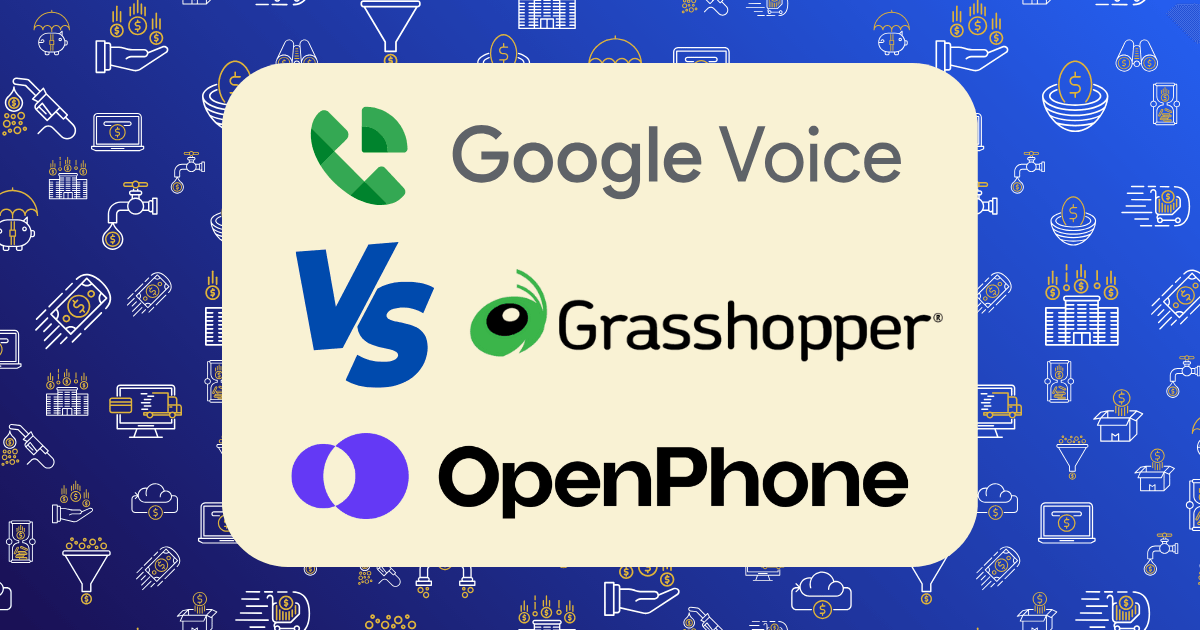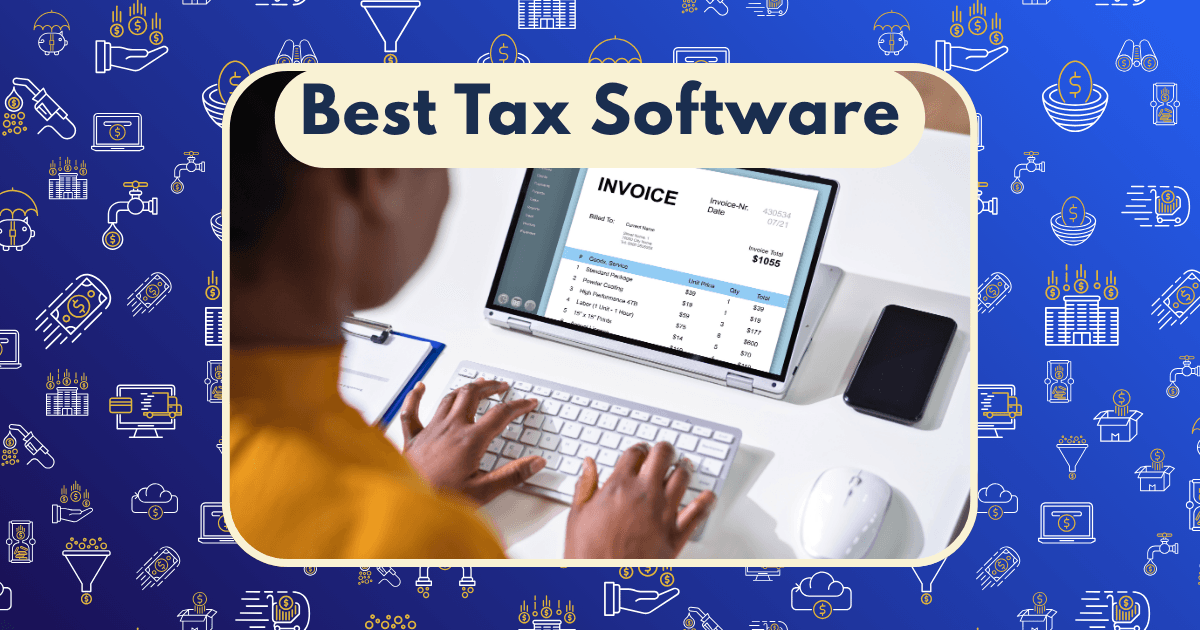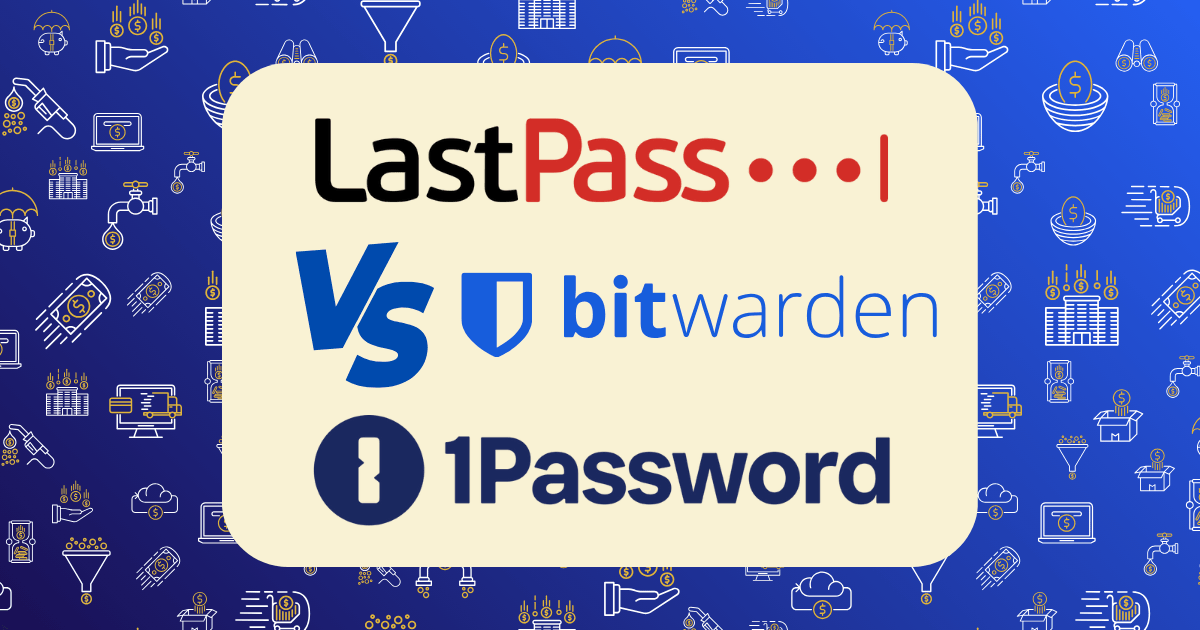Virtual Phone Systems Compared: Google Voice vs Grasshopper vs OpenPhone

As entrepreneurs, the way we communicate defines our business. Your phone system isn’t just a utility—it’s the lifeline connecting you to clients, partners, and opportunities that fuel your growth. Yet many business owners overlook this critical infrastructure, settling for solutions that limit rather than liberate their potential.
I’ve been there. When I launched my first venture, I used my personal cell phone for everything. The result? Missed calls during meetings, no separation between work and life, and a business that appeared far less professional than it deserved to be.
Today, we’re breaking down the three leading virtual phone system contenders—Google Voice, Grasshopper, and OpenPhone—to help you make a decision aligned with your wealth-building goals. The right system doesn’t just handle calls; it positions your business for scalability and success.
Why Your Phone System Matters to Your Bottom Line
Before diving into comparisons, let’s address the elephant in the room: Yes, your phone system directly impacts your revenue. According to a study by Forbes, businesses lose approximately 75% of callers who reach voicemail, with most never calling back.
In today’s competitive landscape, missed connections equal missed opportunities. The right virtual phone system helps you:
- Project professionalism with dedicated business lines
- Capture leads 24/7 with automated responses
- Scale operations without proportional cost increases
- Analyze communication patterns to optimize customer interactions
Let’s examine how each platform delivers on these critical business needs.
Google Voice: The Minimalist’s Choice
Google Voice has evolved significantly since its 2009 launch, now offering business-specific plans alongside its free personal option.
Key Features
- Free personal option with limited business functionality
- Seamless Google Workspace integration
- Straightforward call forwarding to existing devices
- Voicemail transcription delivered to your email
- International calling at competitive rates
Pricing Structure (2025)
- Free: Personal use with limited features
- Starter: $10/user/month (up to 10 users,10 US locations)
- Standard: $20/user/month (unlimited users/locations, auto-attendant)
- Premier: $30/user/month (international locations, advanced reporting)
Strengths
Google Voice shines in its simplicity and integration with the Google ecosystem. If your business already runs on Google Workspace, the synchronization between calendar, email, and phone creates a seamless experience.
The platform’s pricing structure also makes it accessible for solopreneurs and small teams watching their cash flow—a critical consideration when building wealth through business.
Limitations
Where Google Voice falls short is scalability and business-specific features. The platform lacks:
- Advanced call routing capabilities
- Shared phone numbers for team collaboration
- Comprehensive customer support
- Call recording (essential for training and quality control)
- Robust third-party integrations
As TechRadar notes, “Google Voice works best as a supplementary system rather than a complete business phone solution.”
Grasshopper: The Established Player
Founded in 2003, Grasshopper has built its reputation on reliability and business-focused functionality.
Key Features
- Multiple extension options with custom greetings
- Toll-free and vanity number availability
- Business texting capabilities
- Voicemail transcription delivered to email or app
- Call forwarding to multiple devices
- Inbound fax support
Pricing Structure (2025)
- Solo: $28/month (1 number, 3 extensions)
- Partner: $46/month (3 numbers, 6 extensions)
- Small Business: $80/month (5 numbers, unlimited extensions)
- 10% discount for annual payment
- 7-day free trial available
Strengths
Grasshopper excels in creating a professional business presence without requiring new hardware. The system operates on existing phone lines, meaning calls continue even during internet outages—a reliability factor that shouldn’t be underestimated.
The platform’s extension system allows even solopreneurs to create the impression of a larger operation, with departments and specialized routing that enhance customer experience.
Limitations
Grasshopper’s limitations become apparent as businesses scale:
- No call recording functionality
- Limited team collaboration features
- Higher price point than competitors
- No CRM integrations without workarounds
- Limited international capabilities
According to Business News Daily, “Grasshopper provides excellent basic functionality but lacks the advanced features growing businesses eventually need.”
OpenPhone: The Modern Contender
Launched more recently, OpenPhone has quickly gained traction by focusing on modern business communication needs.
Key Features
- Shared phone numbers for team collaboration
- Extensive integrations with CRMs and productivity tools
- Call recording with consent management
- Group messaging capabilities
- Auto-replies and snippets for efficient communication
- Analytics and reporting tools
- International calling and texting
Pricing Structure (2025)
- Starter: $15/user/month (core features)
- Business: $23/user/month (adds HubSpot integration, analytics)
- Scale: $35/user/month (AI call tags, dedicated support)
Strengths
OpenPhone distinguishes itself through team-focused features and modern integrations. The platform treats business communication as a collaborative endeavor rather than isolated conversations.
The pricing structure scales with business needs, allowing entrepreneurs to start with essential features and add capabilities as they grow—a capital-efficient approach to business building.
Limitations
OpenPhone’s limitations include:
- Reliance on internet connectivity
- Newer platform with evolving features
- Less established track record
- Limited advanced call center capabilities
- Fewer toll-free minute inclusions than some competitors
PC Magazine observes that “OpenPhone represents the future of business telephony, though it’s still adding depth to match legacy providers.”
Feature-by-Feature Comparison
| Feature | Google Voice | Grasshopper | OpenPhone |
| Starting Price | $10/user/month | $28/month | $15/user/month |
| Free Trial | No | 7 days | 7 days |
| Call Recording | No | No | Yes |
| Team Sharing | Limited | No | Yes |
| Toll-Free Numbers | Yes | Yes | Yes |
| International Calling | Limited | Limited | Extensive |
| CRM Integration | Limited | No | Extensive |
| Mobile App | Yes | Yes | Yes |
| SMS/MMS | Limited | Yes | Yes |
| Setup Complexity | Low | Medium | Low |
| Customer Support | Limited | Business hours | 24/7 (higher tiers) |
Making the Wealth-Building Decision
Your phone system should align with your business growth strategy. Here’s how to choose based on your entrepreneurial stage:
For Solopreneurs Building Foundations
If you’re launching a business while maintaining minimal overhead, Google Voice offers the most cost-effective entry point. Its free personal tier or $10/month business starter plan provides basic functionality while you establish product-market fit.
However, recognize that you’ll likely outgrow this solution as your client base expands.
For Established Small Businesses
Businesses with established revenue streams and client relationships will benefit from Grasshopper’s reliability and professional feature set. The system’s extension capabilities create a polished customer experience without requiring additional staff.
The higher price point represents an investment in customer perception and operational efficiency.
For Growth-Focused Ventures
If your business model centers on team collaboration and you’re integrating multiple software systems, OpenPhone provides the most forward-looking solution. Its shared inbox approach and extensive integrations support scalable operations—essential for businesses planning significant growth.
Beyond the Technology: Communication as Strategy
The most sophisticated phone system can’t replace thoughtful communication strategy. As you implement your chosen solution, consider:
- Script development for consistent customer interactions
- Response time standards that set expectations
- Call routing logic that respects both customer and team needs
- Data collection protocols that inform business decisions
- Regular system audits to optimize performance
These strategic elements transform your phone system from a utility into a competitive advantage.
Implementation Timeline
Once you’ve selected your platform, follow this implementation schedule to minimize disruption:
- Week 1: Account setup and number selection/porting
- Week 2: System configuration and team training
- Week 3: Parallel operation with existing system
- Week 4: Complete transition and client notification
This measured approach prevents the communication gaps that can damage client relationships during transitions.
Conclusion: Investment, Not Expense
View your virtual phone system not as an operational cost but as an investment in your business infrastructure. The right system creates leverage—allowing you to serve more clients with greater efficiency while projecting the professionalism that justifies premium pricing.
Whether you choose Google Voice’s simplicity, Grasshopper’s reliability, or OpenPhone’s collaborative approach, your decision signals how seriously you take communication with the people who fuel your business growth.
Remember: In business, how you’re reached is just as important as what you say when you answer.
Have you implemented a virtual phone system in your business? Share your experience in the comments below.







